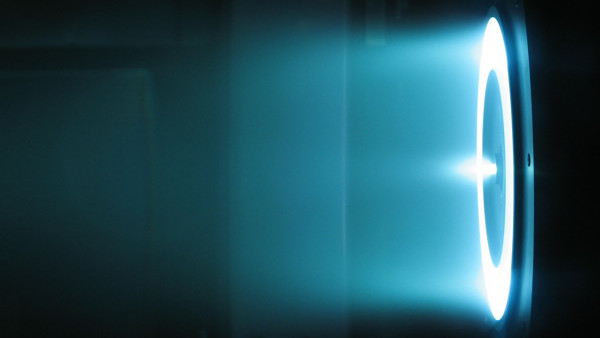8 Times Science Did The Impossible
3. The EM Drive

First designed in 2001, the EM drive is a true example of science doing the impossible, mostly because science still thinks it's impossible.
It can be summarised as a fuel-free propulsion system. This would mean that craft (dare we say spacecraft?) would not need to carry any fuel, thus making it much lighter, more efficient and capable of travelling greater distances. The hypothetical drive would also enable use to travel at speeds faster enough to reach another solar system in a matter of years and months - as opposed to milennia.
In simple terms, the engine uses a magnetron to push microwaves into a cone, then push against the end of the cone, and moving craft forward. The only problem is that such a drive would break the laws of physics, specifically, Newton’s conservation of momentum (you know the one, "for every action, there is an equal and opposite reaction").
Not to worry though, because we've built one.
Yep, there is allegedly a physics-breaking impossible engine ticking over in a lab somewhere and no one can figure out why.
Although none of the findings from experiments with the engine have been peer-reviewed as yet, everybody from NASA down has reportedly been unable to find an explanation for it, nor have they been able to prove that something else is skewing the results.
It could be that we find out that this was all a way to swindle government grants from taxpayers' pockets, but for now it seems as though we might just have an impossible engine on our hands.